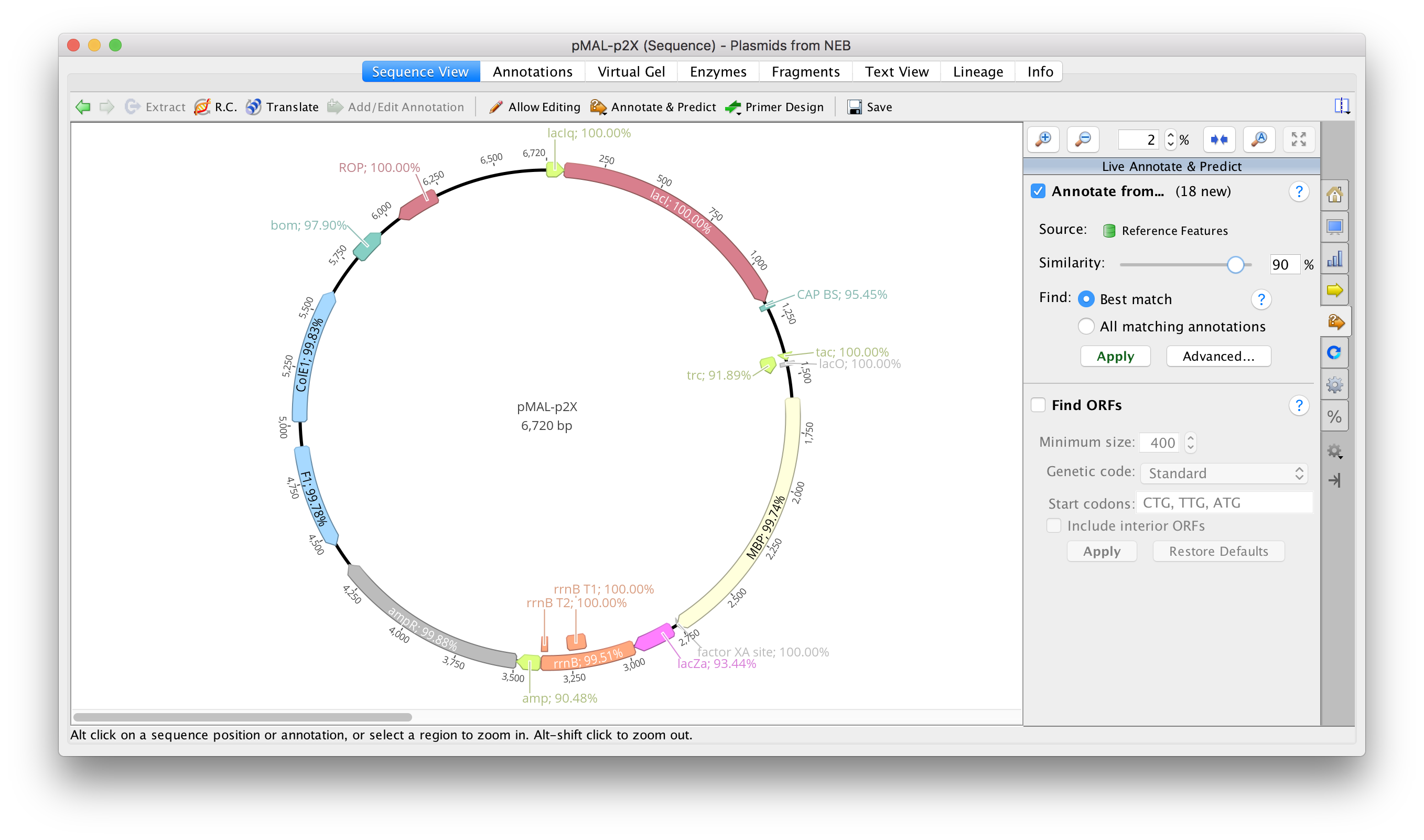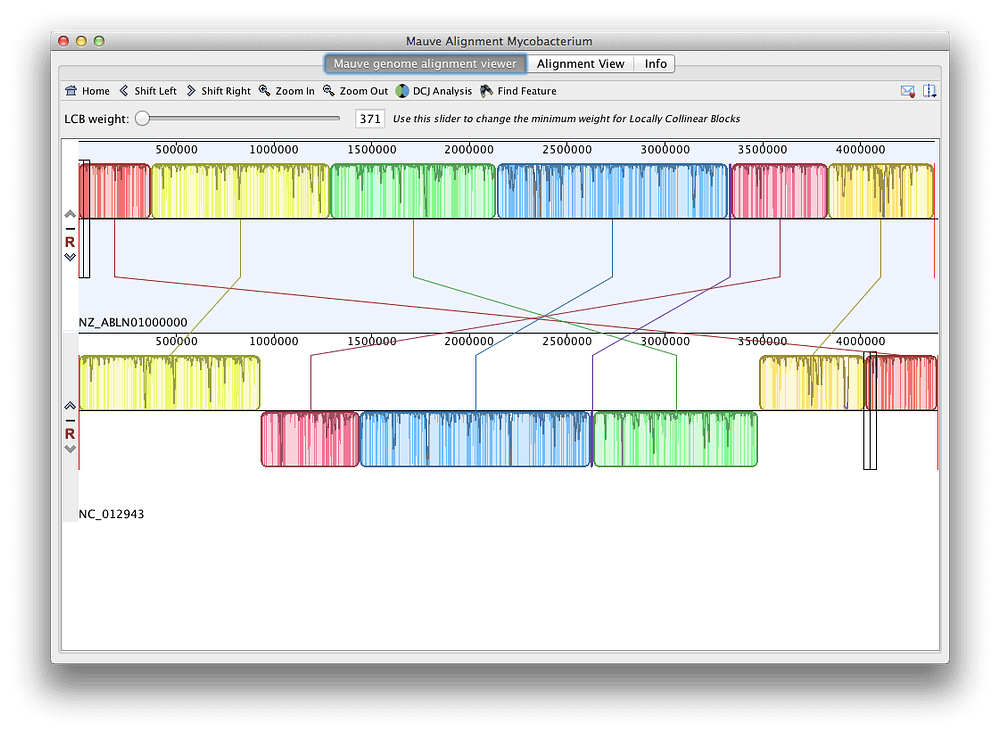

Therefore, in this study, strain typing of ILTV was attempted directly from clinical tissues (tracheal scrapings) without in vitro or in vivo culturing to determine whether NGS can be used to accurately diagnose infection and identify the strain present.Īll procedures involving animals were reviewed and approved by the University of Melbourne Animal Ethics Committee under approval number 1714358. However, the possibility of genome modifications during the isolation and propagation process cannot be ruled out, and those occasionally may result in the failure of viral growth. Many studies have determined partial or complete genome sequences of vaccine and field strains of ILTV from the USA, China, and Australia using isolation and propagation of the virus in chicken embryo kidney or fibroblast cells or in embryonated eggs, followed by purification of the virus using gradient centrifugation. Next-generation sequencing (NGS) can provide complete and accurate information about the identity of the ILTV strain involved. Therefore, this technique has the potential to replace the current PCR-HRM technique, as it provides detailed information about the ILTV isolates.Ĭommonly used ILTV typing techniques such as polymerase chain reaction restriction fragment length polymorphism (PCR-RFLP) and PCR high resolution melt (PCR-HRM) curve analysis rely on a limited number of genomic fragments that may not represent variations present outside the targeted regions. Despite only 91% genome coverage, using sequence analysis and comparison with previously sequenced ILTVs, we were able to classify the isolate as class 9. Sixteen single-nucleotide polymorphisms (SNPs) were found between the ILTV isolate examined and ILTV class 9 (JN804827). In a map-to-reference alignment, the regions with low coverage were deleted, those with high coverage were concatenated and a genome sequence of 139,465 bp was obtained, which covered 91% of the ILTV genome.

Despite the large number of quality reads, mapping was compromised by poor overlapping and gaps, and assembly of the complete genome sequence was not possible. Here, we attempted to sequence the whole genome of ILTV with known identity (class 9) directly from tracheal scrapings to circumvent in vitro culturing, which can potentially introduce variations into the genome. However, these techniques examine only a limited number of mutations present inside the target regions and may generate unreliable results when the sample contains more than one strain. Strains of ILTV are commonly identified by polymerase chain reaction restriction fragment length polymorphism (PCR-RFLP) and/or PCR high resolution melt (PCR-HRM) curve analysis targeting several genes. Infectious laryngotracheitis virus (ILTV) is the causative agent of an economically important disease of chickens causing upper respiratory tract infection.


 0 kommentar(er)
0 kommentar(er)
